The cows on Reykir á Skeidum produce 400,000l a year, with the top cows producing 50l a day. The cows are milked by a Lely Astronaut robot, which was installed in 2015.
Some 42% of all dairy farms in Iceland are milked with robots.
The herd is milked 365 days a year on the farm, which also lends itself to 365-day calving.

The cows are out on grass for four hours a day for four to five months during the warmer months of the year. They are housed during the winter.
Rúnar’s strategy is that if a cow isn’t milking over 4,000l in her first lactation, she is culled.
Some of the cows he is milking are on their tenth lactaction, producing 50l a day.
The land
Originally, the farm’s 400ha block was part of a larger 1,200ha farm, owned by Runars parents. That was split into three blocks a number of years ago.
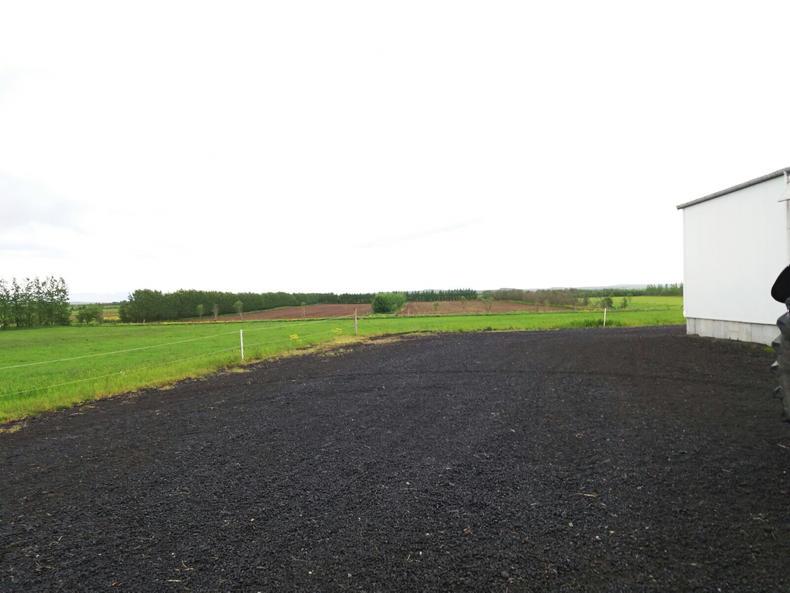
Runar is the third generation farming at Reykir.
Some 100ha is used for grass, with the ryegrass variety grown. It’s harvested in the spring, Rúnar said, when it has a higher protein content.
They get two cuts of the grass which is made into haylage.
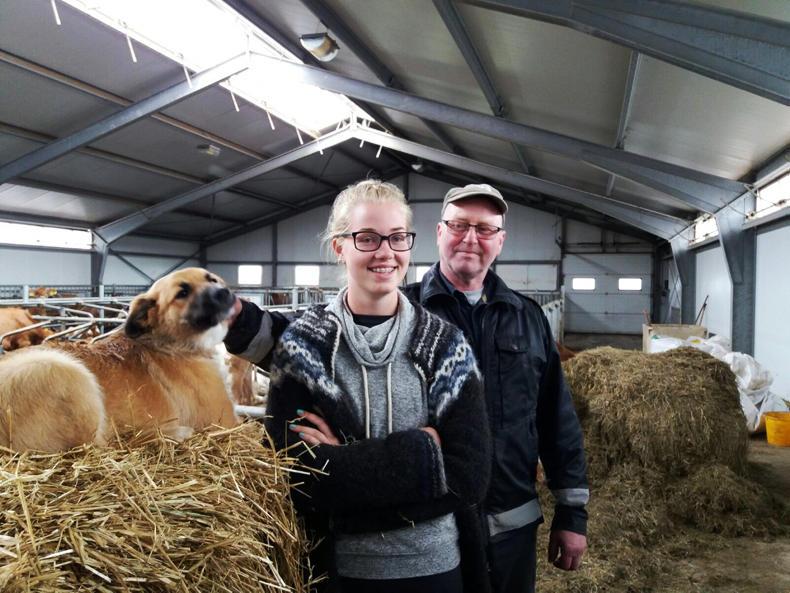
Rúnar Bjarnason with the student he has for the summer on his farm, Hrafnhildur Anna Þorleifsdóttir.
A further 16ha is used for growing wheat and the remaining land mass is what Icelanders call scrub; an untouched piece of land grazed by horses.
Breeding strategy
The breeding strategy on Reykir á Skeidum is all artificial insemination (AI), which is carried out by an AI technician. It can take up to three services to get the cows in calf.
Heifers go into calf at 15 months, calving down then at 24 months. They are scanned by a vet.
Iceland does not allow the import of other breeds into its dairy herds – be that live or semen, in order to keep the breed pure.

Rúnar said that if he had a stock bull on the farm that the cows would be too related and that semen is sourced from across the island for breeding.
“You could say that we could do with more diversification of our bulls. Inbreeding risks sees us source semen from around the island,” he said.
It’s worth pointing out that while no other breed can be imported for dairy production, some semen is being imported to Iceland for beef production, such as Galloway semen.
Rúnar said that if he was given the chance to import live bulls for his cows he wouldn’t know what he would get to import, highlighting how they would react to the change in feedstuff.
Diseases
Given that Iceland doesn’t allow for the import of other breeds of cattle, one has to wonder about disease in the national herd.
According to Rúnar, the only disease issue he’s ever had to deal with is mastitis. A vet visits the farm once a week for different jobs.
Penicillin is used to treat mastitis and udders are also sealed, according to Rúnar.
Cases of mastitis decreased once the robots were introduced, with the robot notifying the farmer that a cow has mastitis before it became visible. Previously, about 20% per 100 cows would get mastitis, that’s now at 10% thanks to the robot.
No brucellosis or TB affects the national herd. Iceland is considered to be both TB-free and brucellosis-free.
Since cattle cannot be imported, this eliminated the risk of the disease spreading in the country and given how far away from another landmass it is and the fact that it is a fairly sterile environment thanks to the low temperatures, it perhaps should come as no surprise that disease levels are low.
Bull beef production
Bjarnason also has a bull beef production enterprise on his farm, with the bulls housed in the same unit as the dairy cows.
Bull calves are sold at one week old and sell for in the region of 5,000KR each (€45).

On the beef price, he said that last year he sold 20 bulls aged 20 months weighing in at 270kg deadweight.
This left him with a beef price of between 600-700KR/kg (€5.11-€5.96/kg).
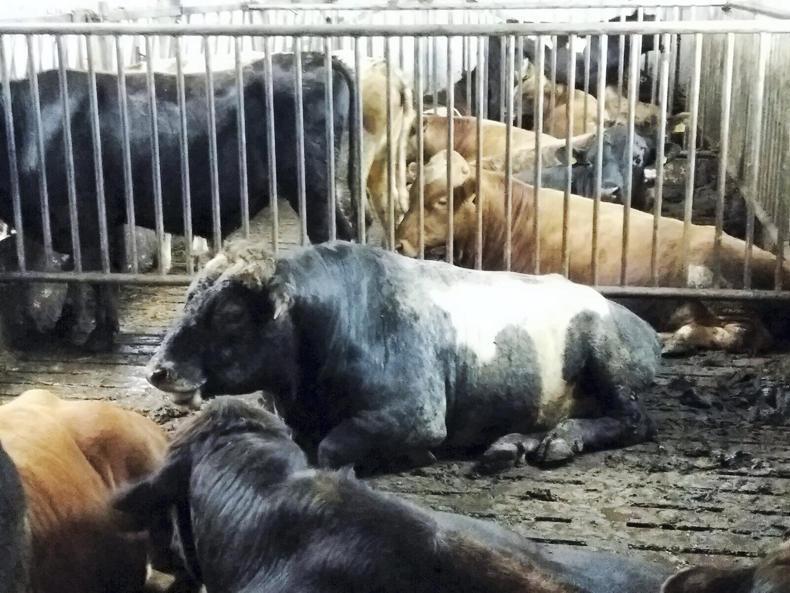
Read more
Six things you didn’t know about Iceland and farming
The land of the midnight sun and dairy expansion
How seaweed from Iceland is helping with Irish cows’ digestion














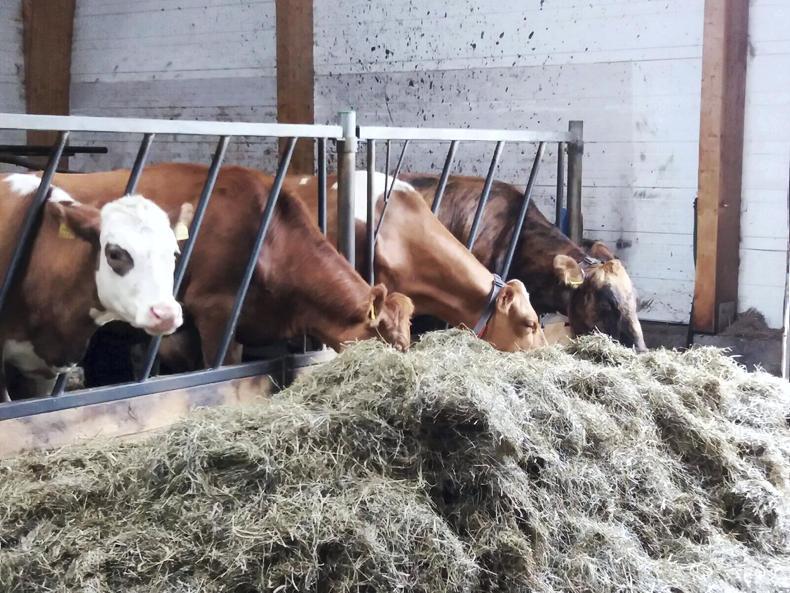
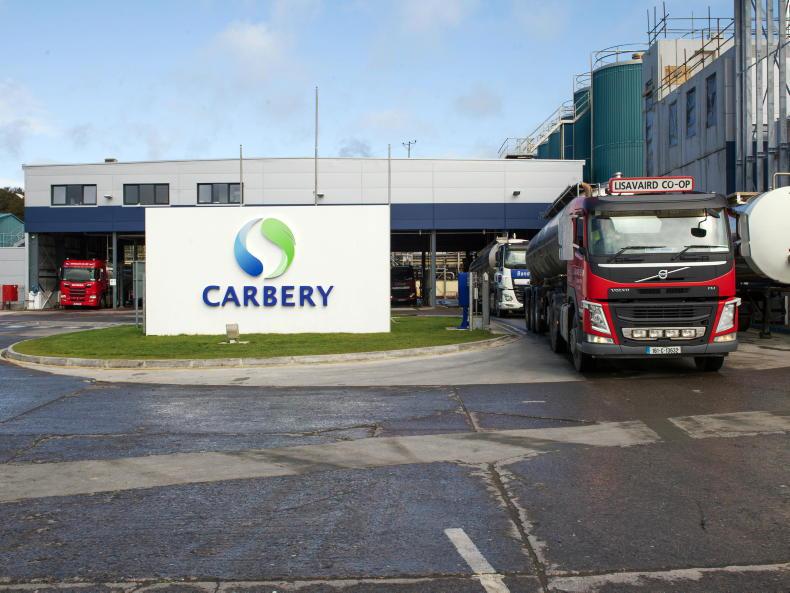

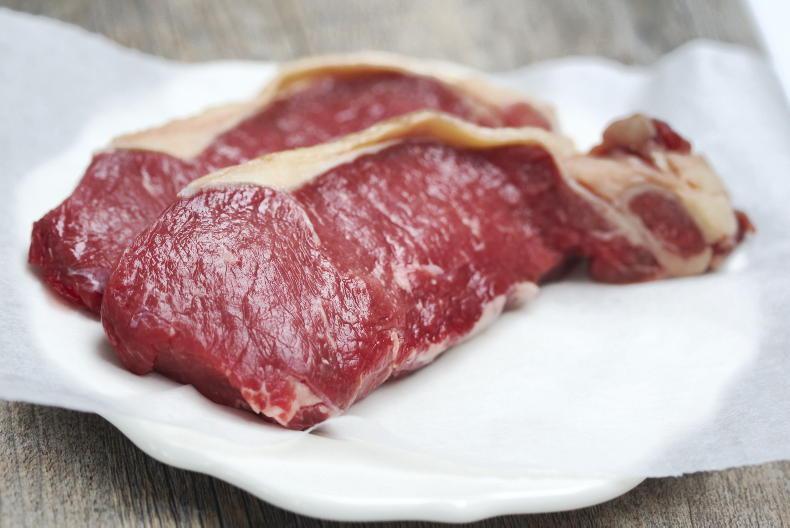
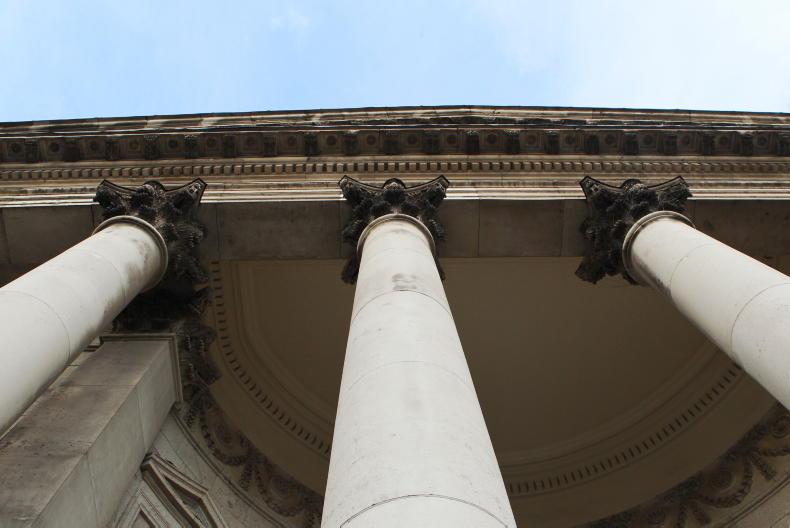
SHARING OPTIONS